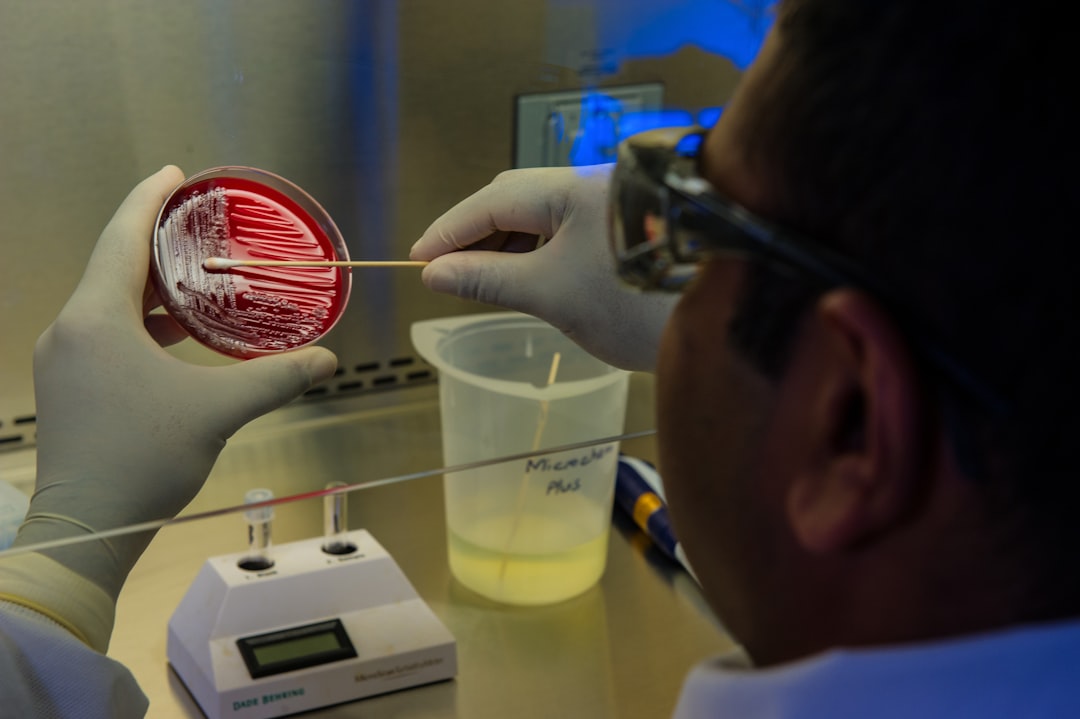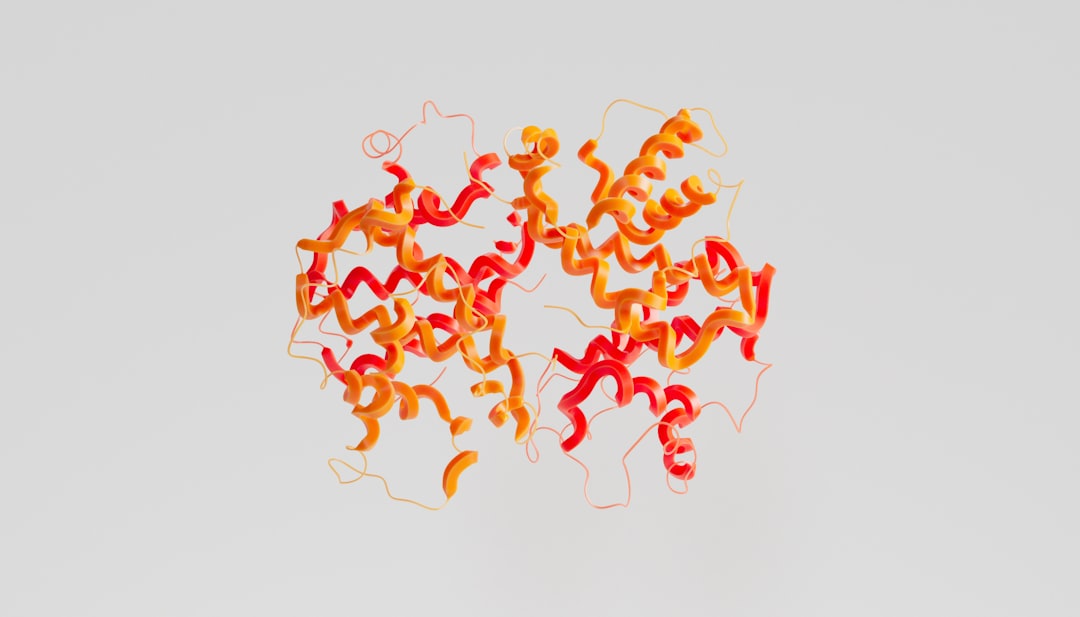What is it about?
Most natural viruses assemble from oligomers of the capsid subunit, such as dimers, trimers, or pentamers. While we comprehend the final structure of these viral capsids through a mathematical formula devised by Caspar and Klug in 1962, the construction process of how these subunits assemble is not well-addressed. To bridge the gap, we have developed a system using synthetic subunits whose interactions with each other can be precisely controlled. This platform allows us to investigate how the strength of these interactions influences the speed and success of forming the target structure. Through a combination of computational modeling and experiments, our study demonstrates that asymmetric interaction strength along distinct subunit-subunit bonds accelerates assembly rates and enhances robustness. This approach facilitates the rapid formation of specific subassemblies, which then amalgamate to create the final product. This finding suggests that hierarchical assembly may be a general engineering principle for optimizing self-assembly of complex target structures.
Featured Image

Photo by Georg Eiermann on Unsplash
Read the Original
This page is a summary of: Hierarchical assembly is more robust than egalitarian assembly in synthetic capsids, Proceedings of the National Academy of Sciences, February 2024, Proceedings of the National Academy of Sciences,
DOI: 10.1073/pnas.2312775121.
You can read the full text:
Contributors
The following have contributed to this page










